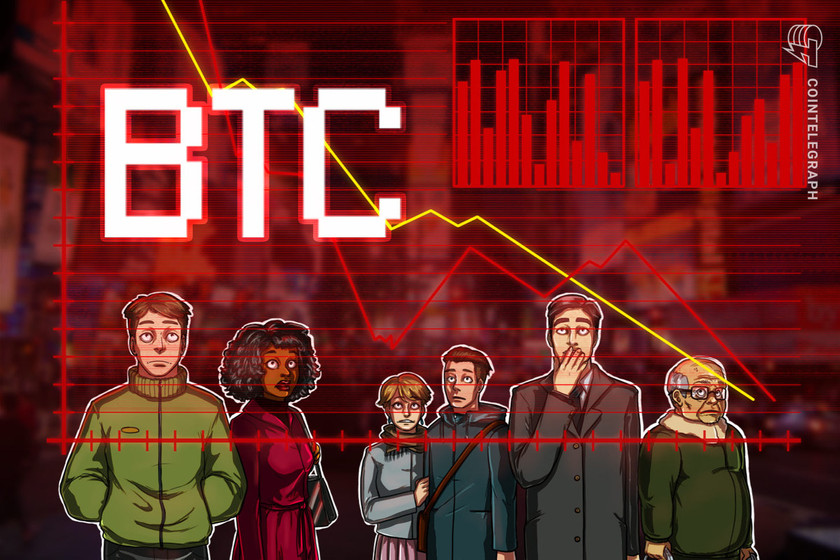Bitcoin holds $20K as ECB warns inflation may never return to pre-COVID lows


Markets beyond the euro slow to react as Europe acknowledges higher inflation may be permanent.
Bitcoin (BTC) held steady at just above $20,000 after the June 29 Wall Street open as Europe’s chief banker admitted the world would “never” return to low inflation.


Lagarde on inflation: “I don’t think we’re ever going back”
Data from Cointelegraph Markets Pro and TradingView showed BTC/USD looking nonvolatile but precarious as it stuck in a narrow range on the day.
United States equities markets were likewise calm after Asian trading had seen fresh losses. In Europe, meanwhile, comments from central bankers set the macro tone.
In particular, Christine Lagarde, head of the European Central Bank (ECB), appeared to state that inflation would remain high indefinitely.
“I don’t think we’re going back to that period of low inflation,” she said during a press conference at the ongoing ECB Forum event in Sintra, Portugal.
Joining her was Fed Chair, Jerome Powell, who sounded similarly downbeat on the prognosis while promising to not rest until inflation matched the bank’s 2% target.
“That is our aim, that is our intention; we think there are various pathways to achieve that, to achieve the path back to 2% inflation while sustaining a strong labor market. We believe we can do that, that’s our aim; there’s no guarantee that we can do that,” he said.
Bitcoin bulls defend 2017 top
Bitcoin was unresponsive to the comments, which preceded fresh U.S. Consumer Price Index (CPI) data by around two weeks.
For Bitcoin analysts, meanwhile, the focus was on the June monthly close.
On-chain analytics resource Material Indicators eyed a breakout now due “very soon” as the monthly candle was all but doomed to disappoint.
“Bulls are defending the 2017 Top, but with one day to go, it’s going to be almost impossible to print a green Monthly candle,” it told Twitter followers.
“Still a chance for green on the Weekly. Expecting volatility. One way or another, Bitcoin is going to breakout or breakdown very soon.”
An accompanying chart showing the order book of major exchange Binance confirmed the buy and sell interest on BTC/USD focusing right at current prices.


As Cointelegraph reported, June 2022 was already on track to be the worst month since 2018.
#Bitcoin resting on support here (also marked in tweets previous days), but still looking tricky.
Needs more confirmation (for instance breaking $20.2K) if we want to look upwards.
If support doesn’t hold, $19.3K area next. pic.twitter.com/N6atAXrOZ4
— Michaël van de Poppe (@CryptoMichNL) June 29, 2022
Prices continues to roast corporate investors
Elsewhere, MicroStrategy upped its Bitcoin corporate treasury with a fresh 480 BTC purchase, a move lauded by commentators.
Related: No flexing for Bitcoin Cash users as BCH loses 98% against Bitcoin
Smaller compared to some buy-ins, MicroStrategy and CEO Michael Saylor was running conspicuously against claims that the company might be liquidated on a $205 million loan taken out for BTC acquisition.
“Although this recent buy of 480 BTC from Saylor may be relatively small, I think it sends a message more than anything,” William Clemente, lead insights analyst at Blockware, reacted.
“Despite all the criticism and claims he’s “getting liquidated” from bears, he’s not going anywhere and is sticking to his long-term allocation strategy.”
A look at monitoring resource Bitcoin Treasuries nonetheless showed MicroStrategy down a combined $1.4 billion on its inventory, with number two Tesla down almost 50%.
Payment network Square also remained down $60 million on its $220 million allocation.


The views and opinions expressed here are solely those of the author and do not necessarily reflect the views of Cointelegraph.com. Every investment and trading move involves risk, you should conduct your own research when making a decision.




















































